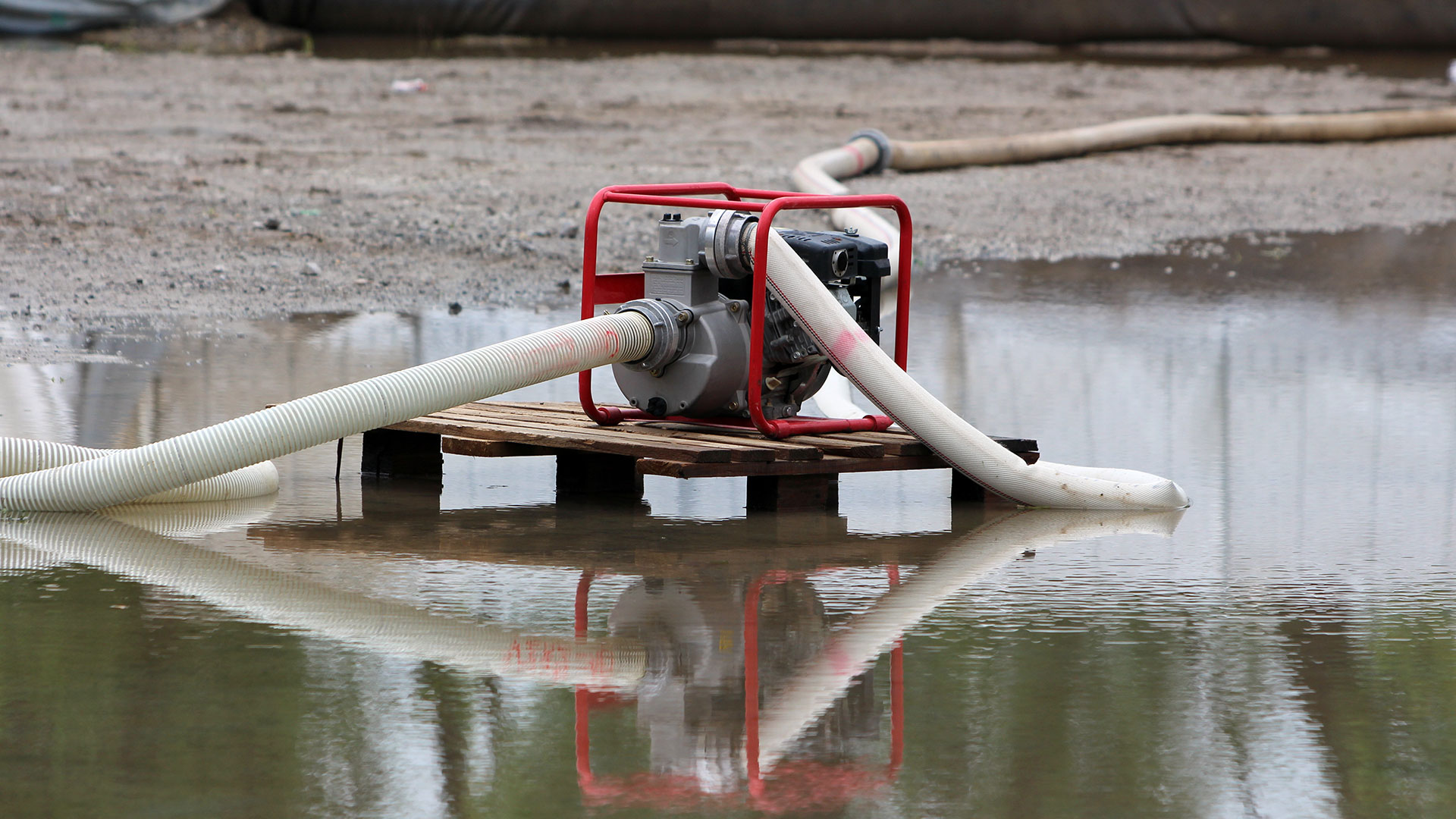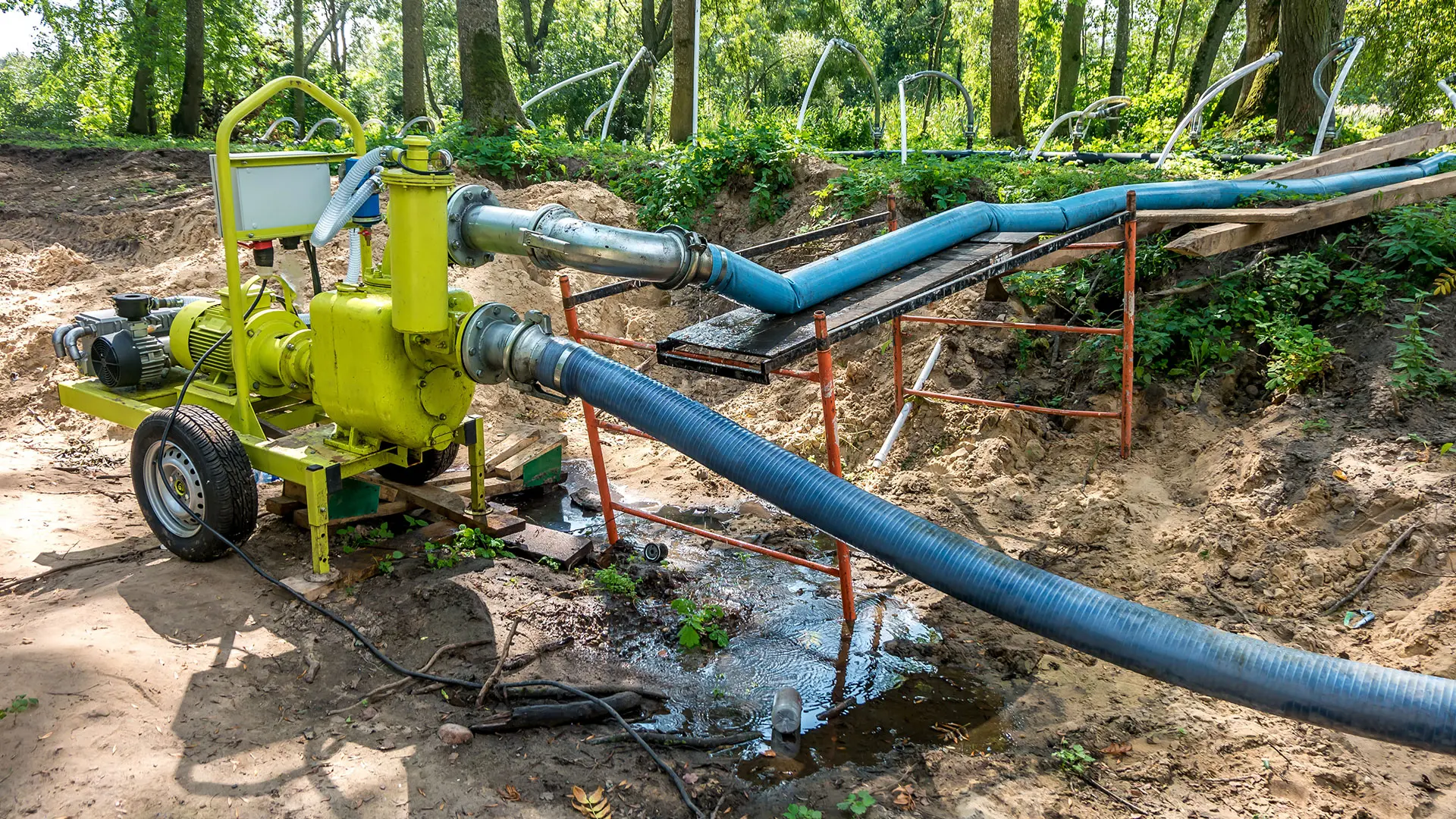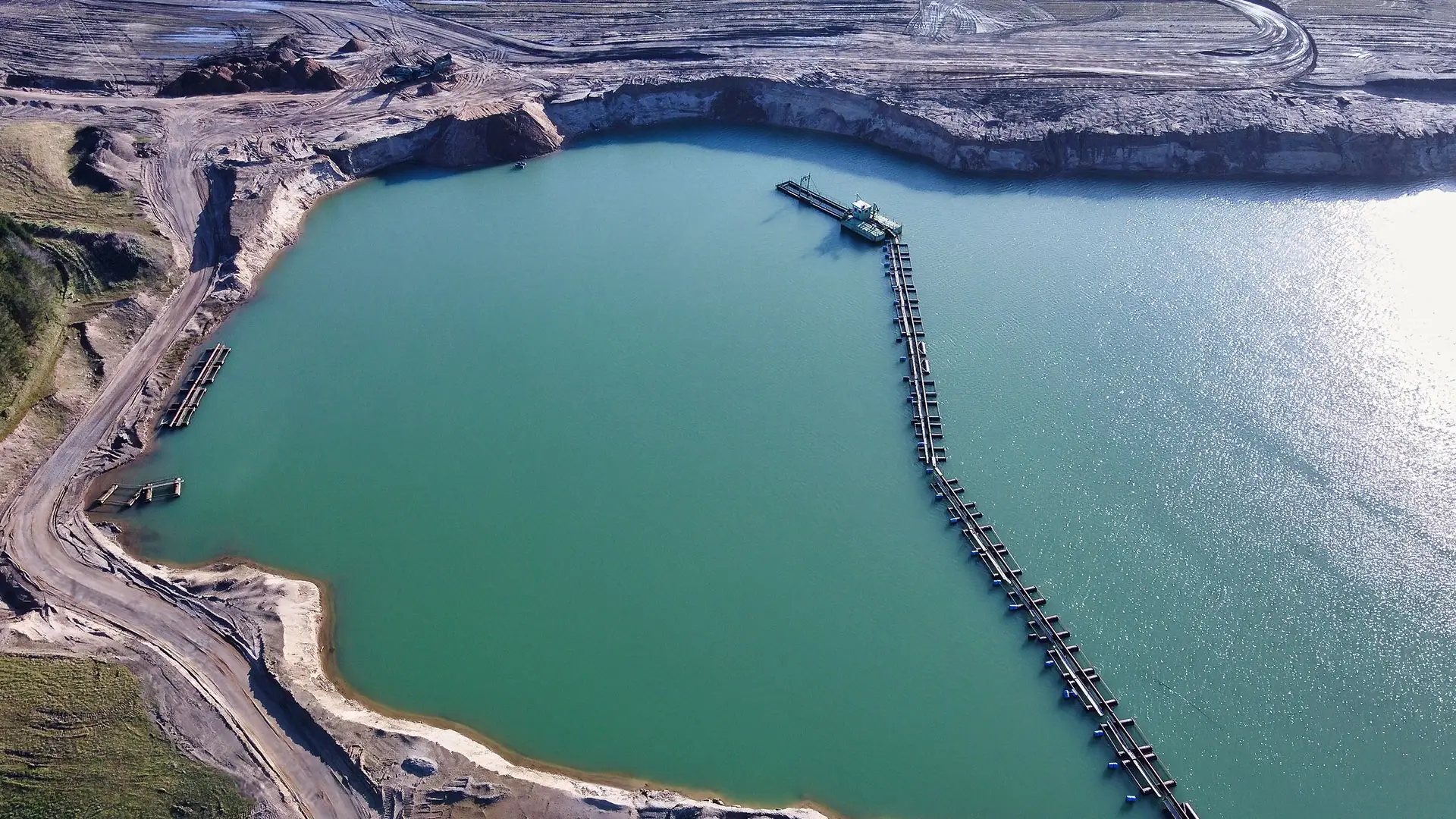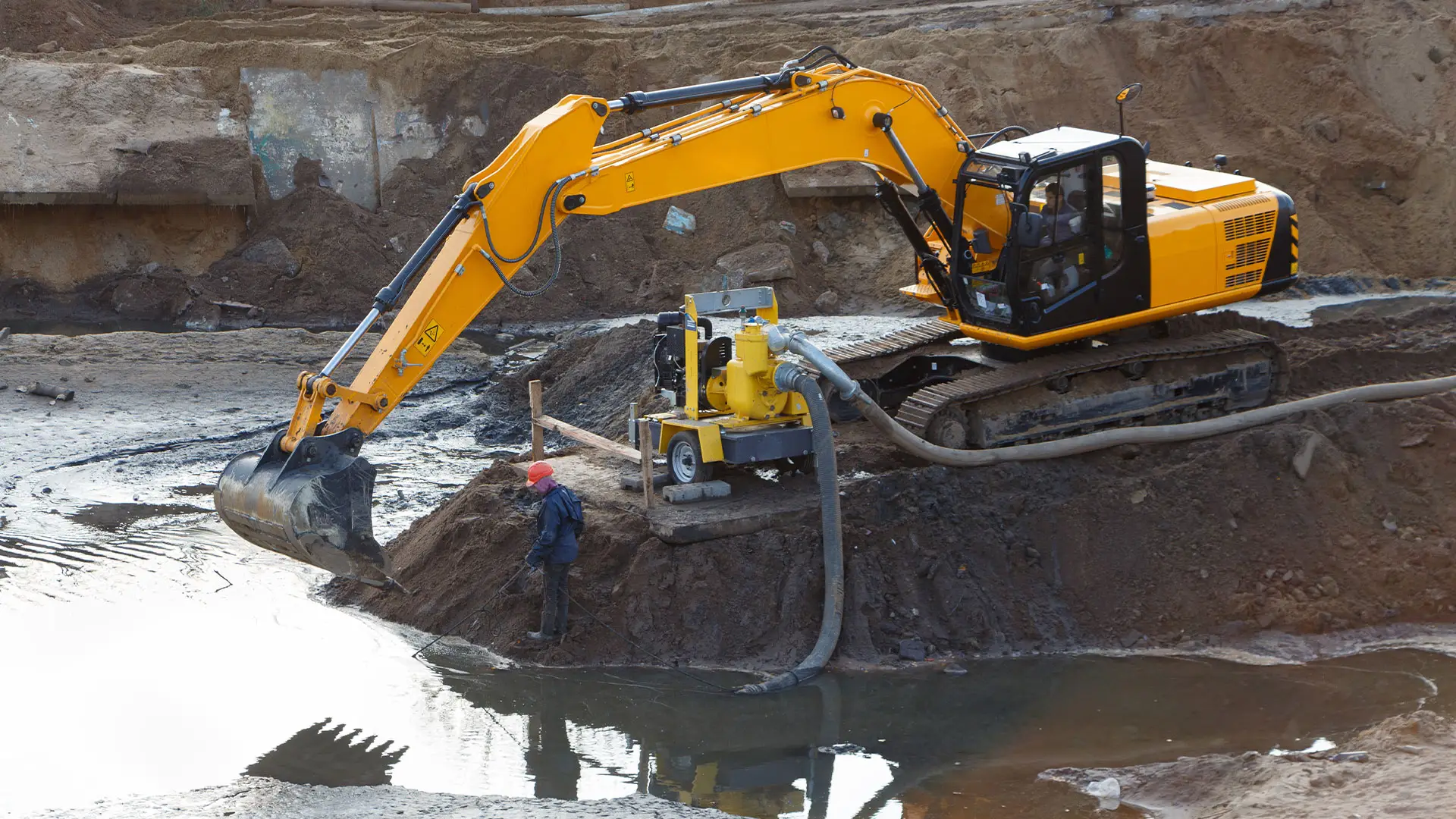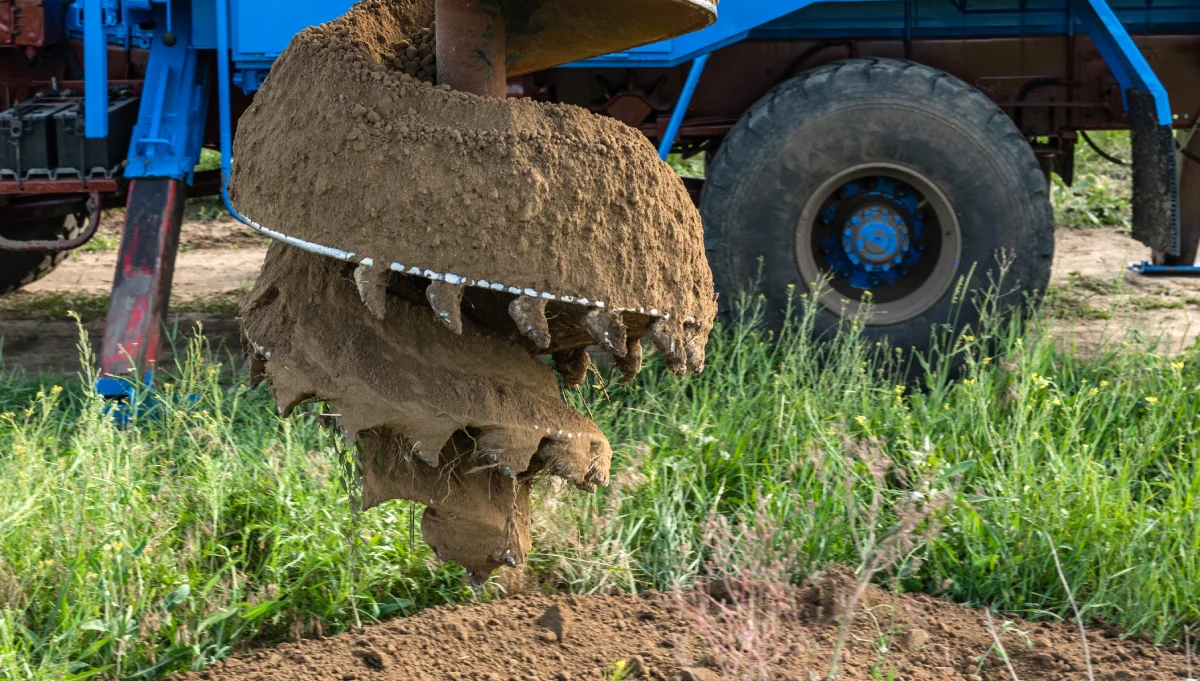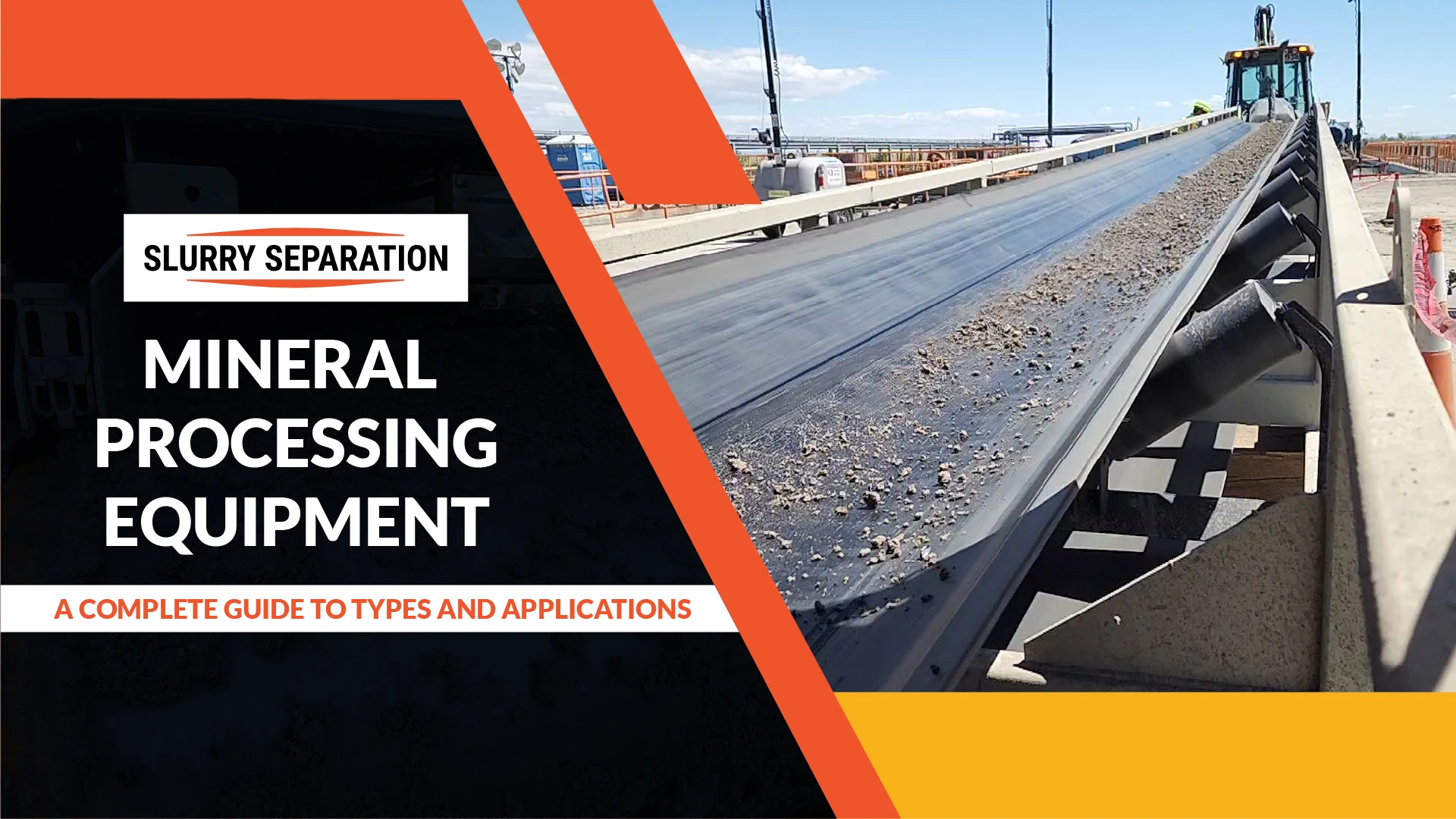Efficiency and reliability are critical in industries where sediment removal and transport are essential. Sediment, whether composed of gravel, sand, or other coarse materials, can disrupt operations if not properly managed. Industrial and marine sectors like dredging, mining, and construction face unique challenges in handling abrasive, high-volume materials. Traditional methods often fail to manage coarse sediments effectively, leading to delays and increased costs.
Gravel pumps have emerged as a dependable solution for such scenarios. These specialized pumps are engineered to handle large particles and transport sediment over long distances with efficiency. Their robust design and wear-resistant materials make them ideal for sediment-intensive applications, particularly in situations where traditional equipment falls short due to clogging or wear issues.
For temporary or project-based needs, rental services for these pumps offer an economical and flexible solution. This option allows businesses to meet their sediment handling requirements without significant upfront investments. Whether for dredging harbors, mining minerals, or managing sediment on construction sites, this equipment delivers the reliability and durability needed in demanding environments.
This article will explore the applications, benefits, and operational insights of gravel pumps, highlighting how they have revolutionized sediment removal and transport across various industries.
What Are Gravel Pumps?
Gravel pumps are a specialized type of centrifugal pump engineered to handle coarse sediments and abrasive materials. Unlike traditional slurry pumps or grit pumps, gravel pumps are designed specifically for heavy-duty applications where high solids content and large particle sizes are the norm. These pumps are critical for industries like dredging, mining, and construction, where efficient sediment handling is essential.
Key Features of Gravel Pumps:
- Robust Construction: Gravel pumps are built using wear-resistant materials, such as high-chrome alloys, to withstand the abrasive nature of gravel, sand, and sediment. This durability ensures long service life and reduced maintenance.
- High-Efficiency Impellers: Equipped with specially designed impellers, gravel pumps maintain consistent flow rates while minimizing energy consumption, making them both efficient and cost-effective.
- Large Particle Handling: These pumps can process particles several inches in diameter without clogging, making them ideal for challenging environments with coarse materials.
Gravel pumps address the limitations of traditional slurry or grit pumps, providing an effective and reliable solution for sediment removal and transport. Their ability to reduce downtime and handle abrasive materials efficiently makes them indispensable for demanding operations. Additionally, gravel pump rental services offer a cost-effective alternative for short-term projects or temporary needs, providing flexibility and access to high-performance equipment.
Applications of Gravel Pumps
Gravel pumps are widely used across industries due to their ability to handle large, abrasive materials with efficiency and reliability. Their versatile design makes them a critical tool in dredging, mining, and construction applications.
Dredging Operations
- River and Harbor Dredging: Gravel pumps play a vital role in maintaining navigable waterways by removing sediment and debris from rivers and harbors., vitally maintaining navigable waterways
- Coastal Restoration Projects use pumps to transport sand and sediment for beach nourishment and erosion control, contributing to environmental sustainability.
- Heavy Sediment Removal: Gravel pumps excel in removing dense sediments in both shallow and deep waters, outperforming traditional slurry or grit pumps.
Mining Industry
- Transporting Gravel, Sand, and Minerals: Gravel pumps are essential for efficiently transporting extracted materials from mining sites to processing plants, reducing logistical challenges.
- Slurry Handling: These pumps manage high solid concentrations, ensuring faster processing times and lower operational costs.
Construction and Civil Engineering
- Aggregate Transport: Gravel pumps streamline the movement of aggregates in construction projects, saving time and reducing labor demands.
- Foundation Dewatering: They keep construction sites dry by simultaneously removing water and sediment.
- Land Reclamation: Gravel pumps are indispensable for transporting large volumes of sediment to create new landforms.
For temporary or short-term projects, gravel pump rental services provide a cost-effective solution, giving businesses access to high-performance equipment without the need for long-term investment.
Key Advantages of Gravel Pumps
Gravel pumps provide numerous advantages, making them indispensable for sediment removal and transport in demanding applications. Their unique design and capabilities set them apart from other equipment, such as grit pumps, ensuring superior performance.
Efficiency
These pumps are designed to handle high flow rates and large capacities, enabling the rapid transport of sediment over long distances. Their energy-efficient operation minimizes power consumption, reducing operational costs while maintaining consistent, high-level performance.
Durability
Constructed from wear-resistant materials like high-chrome alloys, these pumps excel in harsh environments, resisting abrasion and corrosion. Their robust design ensures an extended lifespan, reducing the need for frequent replacements and lowering long-term maintenance expenses.
Versatility
Gravel pumps can handle a wide range of particle sizes, from fine sand to coarse gravel, ensuring effective performance across diverse applications. They are suitable for various industries, including dredging, mining, and construction, making them a highly adaptable solution.
Environmental Impact
By minimizing spillage and sediment dispersion during transport, these pumps contribute to cleaner and more sustainable operations. They are essential for eco-friendly projects like coastal restoration, wetland preservation, and land reclamation, supporting environmental conservation efforts.
For temporary needs or short-term projects, gravel pump rental services provide a cost-effective alternative, offering access to high-performance equipment without requiring a long-term investment. This flexibility ensures businesses can meet project demands efficiently and economically.
How Gravel Pumps Work
Gravel pumps are engineered for efficient and reliable sediment transport, making them indispensable in various industries. Understanding their mechanics reveals how they outperform traditional grit pumps in handling coarse materials.
Step-by-Step Process
- Inlet Suction and Material Intake: Gravel pumps begin by drawing gravel, sediment, or slurry into the pump through a specially designed suction inlet. This inlet prevents clogging, allowing the pump to handle large particles and high solids content effectively.
- Impeller Action: Once inside, the impeller—crafted from wear-resistant materials like high-chrome alloys—generates powerful centrifugal force. This force propels the sediment through the pump, ensuring smooth and continuous operation even under abrasive conditions.
- Discharge Through Pipelines: The sediment is expelled through discharge pipelines, which can transport materials over significant distances. Gravel pumps maintain high efficiency during this process, minimizing energy loss and ensuring effective sediment transport.
Gravel pumps are ideal for operations requiring reliable performance in harsh environments. For short-term projects or budget-conscious solutions, gravel pump rental services provide access to these high-performance pumps without a long-term commitment. This makes them a cost-effective option for industries such as dredging, mining, and construction.
By efficiently managing sediment intake, movement, and discharge, gravel pumps offer a practical and durable solution for sediment transport needs.
Selecting the Right Gravel Pump for Your Needs
Selecting the right gravel pump is essential for ensuring efficient and reliable sediment transport, particularly in challenging environments. By considering key factors, you can ensure that the pump meets your project’s requirements while minimizing downtime and operational costs.
Factors to Consider:
- Material Composition and Particle Size: Gravel pumps are designed to handle a wide range of sediment types and particle sizes. Identifying the sediment’s characteristics ensures the pump can operate efficiently without clogging or excessive wear.
- Flow Rate and Head Requirements: Selecting a pump with the appropriate capacity and head ensures efficient material transport over the required distances and elevations.
- Pump Material and Wear Resistance: Gravel pumps constructed from wear-resistant materials, such as high-chrome alloys, withstand abrasive materials and extend the pump’s lifespan.
- Power Consumption and Efficiency: Energy-efficient pumps save on operational costs while maintaining high performance, particularly in long-term projects.
Tips for Selection:
- Consult with experts to match the pump design to your specific needs. Custom solutions are particularly beneficial for unique or large-scale applications.
- For short-term projects, gravel pump rental services provide a cost-effective alternative. They allow access to high-quality pumps without long-term investment.
- Evaluate whether traditional slurry or grit pumps can meet your needs; if not, gravel pumps are the superior choice for handling coarse, abrasive materials.
By carefully selecting the right pump, you can ensure optimal performance and cost savings for your sediment transport operations.
Maintenance and Best Practices
Proper maintenance is essential to ensuring the longevity and reliability of gravel pumps. A well-maintained pump operates efficiently and reduces unexpected downtime and repair costs, making it a valuable asset for sediment removal and transport operations.
Maintenance Tips:
- Regular Inspection and Cleaning: Periodically inspect gravel pumps to prevent blockages and material buildup, which can hinder performance. Cleaning ensures smooth operation and prolongs the pump’s lifespan.
- Wear Part Replacement: Replace critical components such as impellers and liners based on the manufacturer’s recommendations. Using high-quality, wear-resistant materials for replacements minimizes frequent repairs and enhances durability.
- System Alignment and Calibration: Proper alignment and calibration of the pump system are crucial for maintaining peak performance, especially when operating under heavy loads or abrasive conditions.
Extending Lifespan:
- Durable Components: Opt for wear-resistant materials to minimize erosion caused by gravel, sand, or sediment. This is particularly important when handling coarse materials that grit pumps or standard slurry pumps may struggle with.
- Performance Monitoring: Digital tools allow real-time monitoring of pump performance, enabling early detection of issues such as reduced flow rates or abnormal vibrations.
For short-term projects, gravel pump rental services provide a cost-effective solution. They offer access to high-quality equipment without a long-term commitment. With proper maintenance, gravel pumps can remain a reliable and efficient solution for sediment transport in various industries.
Emerging Trends and Innovations in Gravel Pumps
The gravel pump industry is advancing rapidly, with innovations that enhance efficiency, durability, and environmental sustainability. These developments are revolutionizing sediment transport and removal, ensuring gravel pumps remain at the forefront of demanding applications.
Key Innovations:
- Advanced Materials: Modern gravel pumps incorporate ultra-wear-resistant materials, such as high-chrome alloys and advanced composites. These materials significantly extend the pump’s lifespan and reduce maintenance frequency, making them ideal for handling abrasive sediments that grit pumps cannot efficiently manage.
- Improved Designs: New impeller and casing designs improve flow rates and reduce energy consumption. These innovations enable gravel pumps to transport large volumes of sediment over long distances with minimal operational costs, making them more effective in high-demand environments.
- Digital Monitoring: Integration with IoT technology allows for real-time performance tracking, offering predictive maintenance capabilities. Operators can now monitor critical metrics such as flow rates, pressure, and wear levels, enabling proactive measures to prevent costly downtime.
- Eco-Friendly Solutions: Environmental concerns are driving innovations focused on reducing spillage and energy consumption. Gravel pumps now feature energy-efficient designs and enhanced sediment containment, making them suitable for eco-friendly applications like coastal restoration and land reclamation.
For temporary or project-specific needs, gravel pump rental services provide a cost-effective solution, allowing access to the latest technologies without significant upfront investment. These innovations ensure gravel pumps remain a sustainable and efficient choice for diverse industrial applications.
Conclusion
Gravel pumps are essential in industries where efficient sediment removal and transport are critical for smooth operations. Whether it’s dredging waterways, mining activities, or large-scale construction projects, these pumps excel in handling coarse and abrasive materials that traditional grit pumps often struggle with. Specifically designed for challenging environments, they offer unmatched durability, exceptional efficiency, and versatility, making them the go-to solution for sediment-intensive tasks.
The benefits of these pumps extend far beyond their ability to manage large particles. They are engineered to maximize energy efficiency, significantly lowering operational costs while maintaining high performance. Their robust construction, often crafted from wear-resistant materials like high-chrome alloys, ensures long-lasting durability even in the harshest and most abrasive conditions. This reliability minimizes downtime and reduces maintenance costs, enabling operations to run seamlessly. For industries like coastal restoration and land reclamation, these pumps are indispensable tools, offering operational efficiency while minimizing environmental impact through reduced spillage and material waste.
For businesses with short-term or project-specific requirements, gravel pump rental services provide a cost-effective and flexible solution. Renting allows companies to access high-performance equipment without substantial upfront investment, offering both efficiency and budget control. Whether it’s for dredging, slurry management, or dewatering construction sites, rental options cater to a wide range of industrial needs.
At Slurry Separation, we understand the importance of reliable, high-quality equipment in achieving operational excellence. Whether you’re seeking a custom solution or exploring rental options, we’re committed to delivering exceptional products and expertise. Contact us today for expert guidance and tailored solutions that meet your project requirements.


